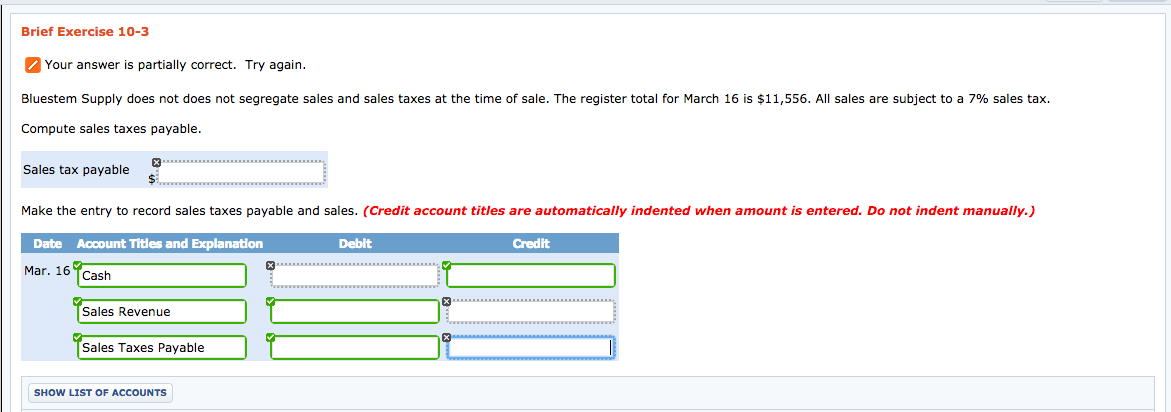
*Gross sales or transactions include the sale of tangible personal property, any products transferred electronically, or services. (Per SDCL 10-64)* Who This ImpactsĪ remote seller is a business without a physical presence in South Dakota that meets one or both of the following criteria in the previous or current calendar year:
#Intime sales tax license#
Remote Sellers and Marketplace Providers Remote SellersĪs of November 1, 2018, remote sellers who meet certain thresholds must obtain a South Dakota sales tax license and pay applicable sales tax. Register with multiple states through the Streamlined system at.Register for a South Dakota sales tax license using the online Tax License Application.Your business made sales for delivery into South Dakota in 200 or more separate transactions.Your business’s gross revenue from sales into South Dakota exceeded $100,000 or.South Dakota law also requires any business without a physical presence in South Dakota to obtain a South Dakota sales tax license and pay applicable sales tax if the business meets one or both of the following criteria in the previous or current calendar year: The minimum thresholds listed below do not apply to businesses with a physical presence in South Dakota. Gross sales or transactions include the sale of tangible personal property, any products transferred electronically, or services.

#Intime sales tax how to#
Who Needs A License? How To Get A License Remote Sellers and Marketplace Providers Sales Tax Facts Exemptions from Sales Tax Exempt Entities Exemption Certificate What is Use Tax? Changes In Your Business? Sales Tax Statistical Reports Streamlined Sales Tax Project Sales & Use Tax Voluntary Disclosure Program Business Education Program Sales Tax Rate Charts Sales & Use Tax Resources 2023 Tax Statistical ReportsĪny business with a physical presence in South Dakota is required to be licensed for sales tax collection. For additional information on sales tax, please refer to our Sales Tax Guide (PDF). The state sales and use tax rate is 4.5%. The sales tax applies to the gross receipts of all retail sales, including the sale, lease, or rental of tangible personal property or any product transferred electronically, and the sale of services. You can see the greatest gains across North and South Dakota, Colorado and Wyoming, as well as in Texas and in much of New England.The State of South Dakota relies heavily upon tax revenues to help provide vital public services, from public safety and transportation to health care and education, for our citizens. The darkest oranges are the areas with the highest capital gains, or said another way, the luckiest among those who held and sold assets. The map below shows the average net capital gain or loss reported on income tax returns in 2013. So, a capital loss is bad it means the asset sold for less than you paid for it.

We’ll quickly highlight two of these indicators here, and leave it to you to login to PolicyMap to check out the rest under the Incomes & Spending data tab.Ĭapital Gains: A capital gain is the difference between the price of an asset when you bought it and when you sold it. Some examples of what you can now map include: student loans, mortgage interest, sales and real estate taxes, child credits, dependent care expenses, unemployment compensation, retirement contributions, and how much people are withdrawing from retirement accounts. This dataset also includes details about tax credits and deductions. Now on PolicyMap you can find information on tax returns, exemptions, adjusted gross income, and tax liability in communities across the country. While we all fear the reaper as tax returns come due, it turns out our tax data provides some very interesting data and maps. Just in time for Halloween, we have added IRS tax data to our platform. Goblins! Witches! Zombies! Werewolves! This time of year we hear a lot about scary things, so here at PolicyMap we thought we’d celebrate with something truly bone-chilling.


 0 kommentar(er)
0 kommentar(er)
